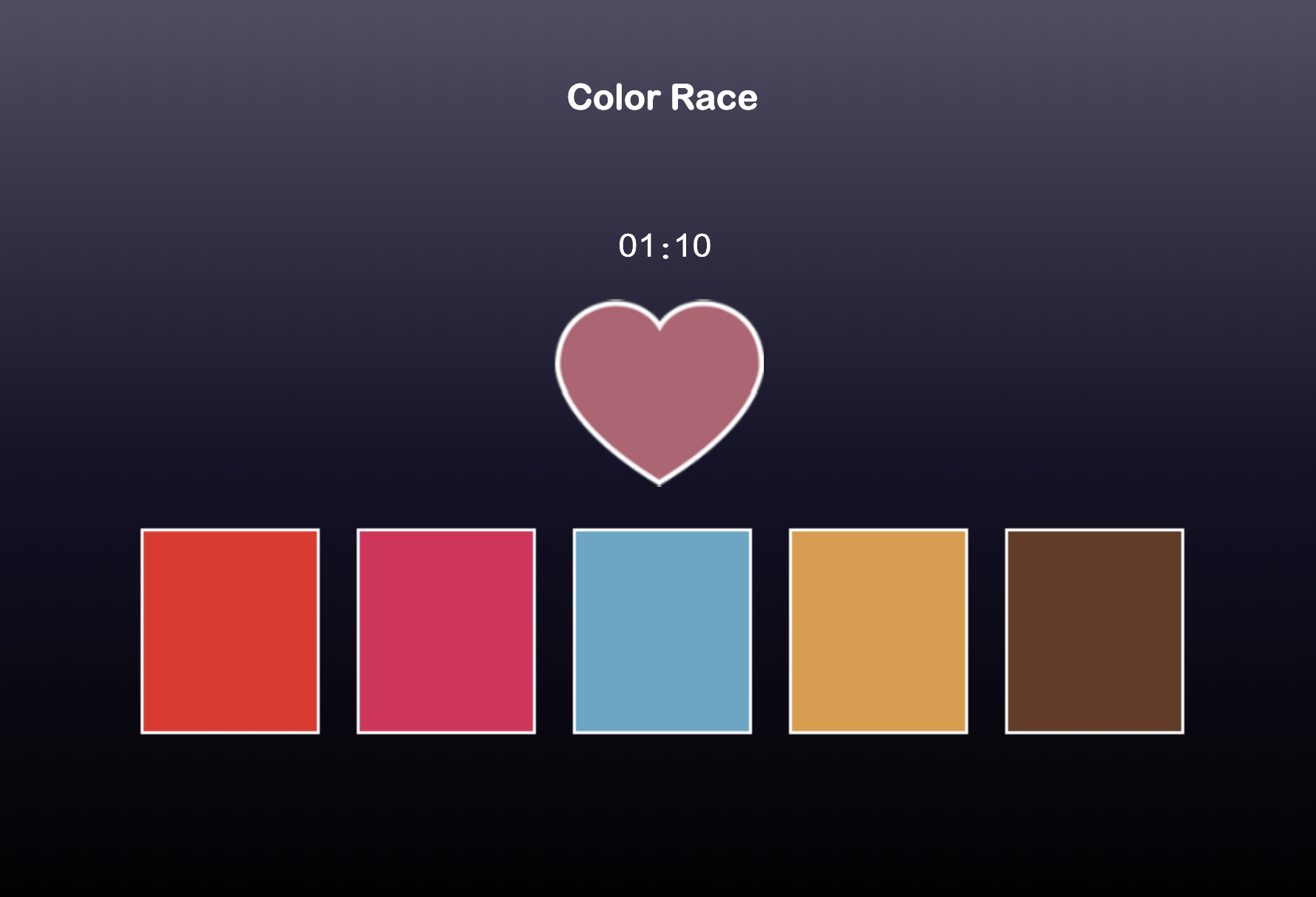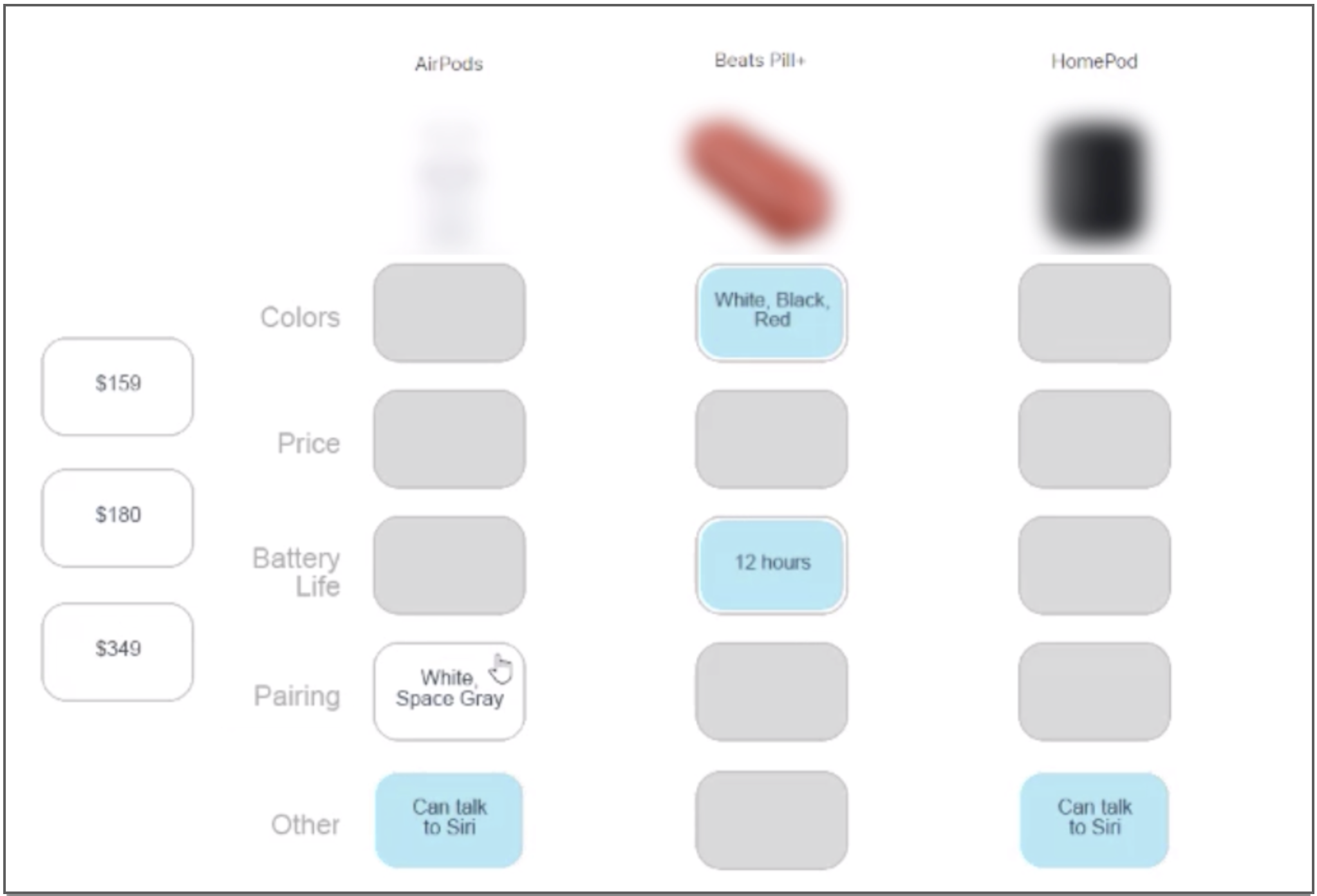Curriculum Design: Managing Collaborative Teams
Overview
The toughest business problems often require cross-functional collaboration, such as on a Tiger Team or other project-based team. Collaborative teams are critical for innovative product design. Many other types of teams also have a need to collaborate, or at least to cooperate or communicate. Leaders are in the best position to ensure all the necessary components are in place to accelerate the success of any kind of collaborative team.
The Managing Collaborative Teams curriculum trains leaders to coach for collaborative behaviors (while modeling it themselves), provides ways to improve collaborative processes, and details best practices for leveraging the true power of collaboration tools.
Features
To identify which modules should be included in the learning experience, the leader first completes a self-assessment and his or her team completes a 360° assessment. This assessment process identifies the skill gaps of team members, as well. The leader will learn how to coach for the specific collaboration skills needed on the team.
The leader will be provided all learning modules that are relevant—none will be locked because of sequential ordering. He or she can choose an autonomous path through the learning experience. Perhaps a company initiative or other change is coming up, or a particular mentee needs coaching this week; whatever is happening in the real world will inform the selections the leader makes.
One-time learning events fail to make use of one of the most powerful learning principles: spaced practice. Follow up practice exercises for each module in this curriculum can be pushed to learners in a variety of ways. For high priority topics (as determined by the assessments), multiple spaced practice opportunities will be available.
Systems thinking teaches us that to create culture shifts, we must address all the forces acting on people’s behavior. By removing the friction caused by bad processes, too many collaboration tools, ill-defined roles, and other common impediments, it becomes much easier to nudge people toward more and more of the behaviors we want.
Note: To implement this curriculum at your organization, fill out the Contact form to start the conversation. To keep the integrity of the program, a minimum of five modules (and the assessments, which determine which five to prioritize) in a minimum of four categories must be purchased. Your branding and color scheme can be updated on course materials.
CURRICULUM OUTLINE
Each module is centered on how the topic influences and supports collaboration. Examples of out-of-scope material include coaching skills for technical tasks, bureaucracy concerns that do not typically affect collaboration, team structures that are not conducive to collaboration, etc.
Team Foundations
- Co-Creating a Project Charter
- Team Structures
- Decision Making Frameworks and Best Practices
- Defining Roles and Setting Goals
- Diversity & Inclusion
- Change Management
Innovation &
Problem Solving
- Design Thinking
- Liberating Meeting Structures
- Six Thinking Hats
- Beating Back Bureaucracy
- Nurturing a Culture of Learning
Communication Skills
- Communicating Strategy & Values
- Practical Communication Skills
- Creating Psychological Safety
- Coaching & Feedback Skills
Process Design
- Process Design for Communicative Teams
- Process Design for Cooperative Teams
- Process Design for Collaborative Teams
- Rapid Process Modeling Tools
Collaboration Tools
- Selecting Collaboration Tools
- Combating Tool Fatigue






